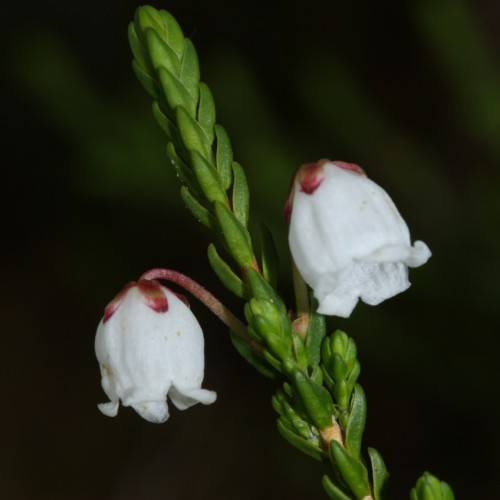
Western Mountain Heather
Cassiope mertensiana subsp. mertensiana
Watering:
Frequent
Hardiness Zone:
Sun:
full sun,part shade
Cones:
Yes
Leaf:
Yes
Growth Rate:
Low
Drought Tolerant:
Yes
Salt Tolerant:
Yes
Thorny:
Yes
Care Level:
Medium
watering
Laney's Hickory should be watered once or twice weekly, depending on the season. During the summer months, when the plant is actively growing, you should water it more frequently, providing about 1 inch of water per week. During the fall and winter, water less, allowing the soil to dry about halfway between waterings. This will help the plant acclimate to extreme changes in temperature as it enters winter dormancy.
sunlight
Laney's Hickory (Carya x laneyi) does best with full sunlight for at least 4 to 5 hours of direct sunlight per day. This species of hickory is tolerant to a range of sunlight conditions, but too little or too much can result in reduced growth and poor health. The ideal time for sunlight for Laney's Hickory is between 10 am and 3 pm. During this time, the sunlight intensity is at its highest, enabling the plant to absorb the nutrients and energy it needs to perform photosynthesis and promote growth. If indirect sunlight is available, then Laney’s Hickory can also benefit from it.
pruning
Laney's Hickory (Carya x laneyi) should be pruned in early summer and late winter. Pruning in early summer should be light and consist of removing dead, diseased, or damaged wood. Late winter should be a more intense pruning session, focusing on shaping the plant and removing any crossed/crowded limbs. Regular pruning will help keep the plant healthy and attractive.
